#art persuasion
Explore tagged Tumblr posts
Text
Jason, edgelord since day one. Who also happens to read classic literature. Wearing leather even in medieval times because of course he is. Don’t ask me how he got those soles on his boots.

Still to come are yet more bats who can’t sit straight.
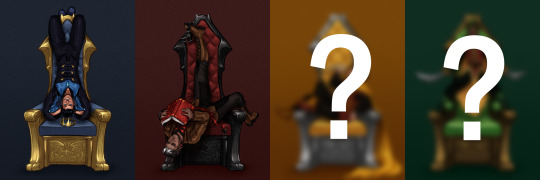
#Jason is very persuasive okay#and he’s pretty so I can’t do anything about it#we need more artwork of him being the theatre nerd he is#badass but with books#batkids#batfam#batboys#digital art#clip studio paint#gotham#dc#dc fanart#red hood#jason todd#jason todd red hood#red hood fanart#jason todd fanart#medieval au#batfam x medieval
4K notes
·
View notes
Text


[PERSUASION] Distract her with your lust for…
Thank you so much to @toytle for this fun art showing how Angelus and Astarion would handle Disciple Z’rell 🤣
#Astarion#Tav#Tavstarion#Act 3#Persuasion#DISTRACT#too cute#commission#art by#toytle#OC: Angelus#bloodpunch#bg3#baldur's gate 3
6K notes
·
View notes
Note
In the changeling au, what does “keeping” mean? I know there’s the whole thing about faeries tricking people into “giving” them their names, but what actually happens in this au? Like what would the actual consequences be in a practical sense?
(And I assume nothing happens if Adrien just learns the names through other means bc they have to “give” it to him?)
it means that people who's names he has are susceptible to his illusions and persuasions, even if neither party knows it

they can't perceive what he doesn't want them to, and they're more likely to agree with what he asks, even if its wildly out of character for them. he doesn't know he has this power, he just thinks his friends are really nice to him
and yeah, if he learns someone's name secondhand, it doesn't count. it has to be a direct interaction, and it has to be comprehensible
#my art#changeling au#adrien agreste#everyone is lucky that adrien doesnt know what he is#felix can recall times where fae owned people's names and commanded them to like. eat their own eyeballs#and those people had no choice but to obey because they gave “themselves” up#adrien's persuasions are like. hey hang out with me at lunch. lets have a party at my house. lets go to the zoo
3K notes
·
View notes
Text



💌-The Letter.
@janeuary-month
#Janeuary Day 1#Letter#jane austen#janeuary#persuasion#anne elliot#anne x frederick#frederick wentworth#my art#my stuff
557 notes
·
View notes
Text

a lil treat for whatever sketchbook enjoyers are still out there
#hilda#my art#hilda the series#sketchbook hilda#??? is that the tag I do not know#I didn’t vibe w sketchbook all that much but the amount of really good fan content for them is quite persuasive#reference to lilo and stitch#that one scene#hilda netflix#kaisa hilda
2K notes
·
View notes
Text


Session notes...dinner is served
#dnd#dungeons and dragons#artists on tumblr#comics#art#ocs#marsilio#pettirossi#there were happenings and lots of lucky persuasion rolls#boss fight speed run now we'll go look for another fight to boss while the other party do their part#i mean yes mars we're going to look for your maidens haha#he's rattling the cage (my brain)
783 notes
·
View notes
Text
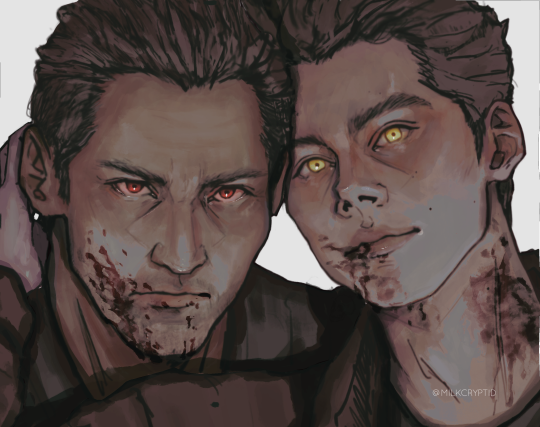
messy
#steter#stiles stilinski#peter hale#[makes art; eats own art like a starved man]#teen wolf fanart#LISTEN LISTENNNN!! I JUST !!!!!! LOVEEE MURDER BOYFRIENDS!!!!#teen wolf#Stiles 'Personally I don't think we utilize torture nearly enough' Stilinski#and#Peter 'I'd like to volunteer a different method of persuasion. Let's torture her' Hale#you see my vision?#LISTEN THEY WOULD HAVE KICKED ASS TOGETHER OHHH WE COULD HAVE HAD IT ALLLLLLL#im so normal about them i swear#hnnnnnnnngggggggggggg [rattles cage]#milkcryptid#my art#steter fanart#steter week 2023#steter week#i was thinking#'vengeful violence as love language' prompt but didnt have time for something bigger#STILL!!!!!! THEY BLOODY!!! THEY MESSY!!! THEY ARE IN LOVE!!!!!
2K notes
·
View notes
Text



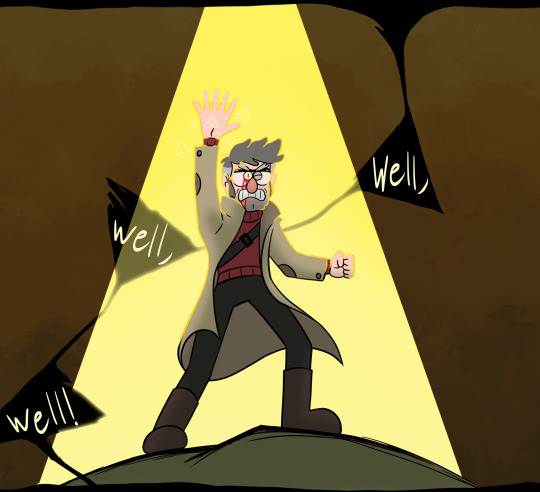
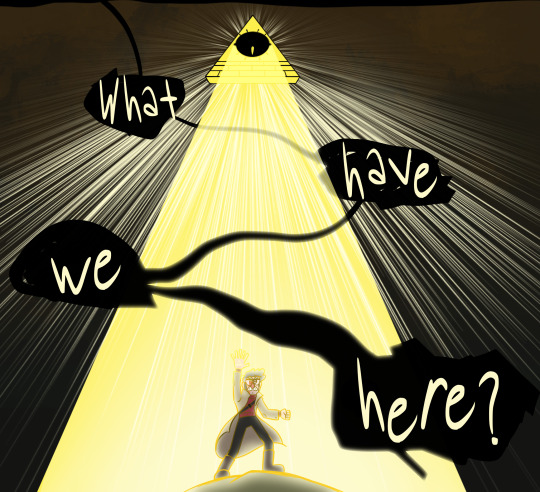
is this anything
#gravity falls#stanford pines#grunkle ford#bill cipher#the magnus archives#tma#fanart#my art#(a few months ago i read a persuasive post about how ford would make a good hunt avatar and weirdmageddon is a spiral ritual)#(but somehow it inspired me to make this totally different thing instead)#('but ford would never wanna be bill's avatar—' i mean i wouldn't say the watcher's canon avatar was terribly thrilled either)
1K notes
·
View notes
Text

well, I didn't really do hypnovember, but here's a little hypnos-Nyx anyway ;P
(I miiight could be convinced to do a zoomed-out version if enough people are interested, just saying...)
#ko-fi tips can also help with the persuasion. y'know.#hypnosis#fat fur#fatfur#fat furry#hypnotized#animation#my art#snepfeathers art#oc: nyx
154 notes
·
View notes
Text

more Ritual Self Torture doodles
Masterpost
context | next | illustration
#radioapple#hazbin hotel#hazbin alastor#hazbin lucifer#alastor the radio demon#lucifer morningstar#ritual self torture#art#drawing#comics#doodle strip#lucifer is Not Impressed(at first)#uhh i should probably make a masterpost for this series(??#titled “persuasion” in masterpost
348 notes
·
View notes
Text
someone put me out of my misery already
#manwhore au#there are other ways#of persuasion#circe taught him well#artists on tumblr#digital artist#digital art#epic the musical#hellenism#odysseus#epic the wisdom saga#epic the vengeance saga#calypso
140 notes
·
View notes
Text

no... sorcerer ?
#furry#furry art#furry anthro#anthro art#furry cat#furry dog#furry cow#furry rat#persuasion skill check failed
200 notes
·
View notes
Text

Knights of the Shield cottagecore rebuilding post-canon AU going great.
original post
#Teem|Art#Baldur's Gate 3#BG3#The Emperor#Kalgare#Durge#Dark Urge#Tav#tavemp#kalemp#the emperor x durge#the emperor x tav#Illithid#Mind Flayer#meme#redraw#dragonborn#they rolled a nat 1 in persuasion and this cost them a deal
252 notes
·
View notes
Text
I was chatting with @myargalargan about how the perfect Austenverse crack ship is in fact Caroline Bingley and Sir Walter Elliot. How very fine he looks, and how very fine she thinks he looks, too. May they live vainly ever after looking down their snooty noses at everyone in perfect marital bliss.

A quick sketch and late submission for @janeuary-month's day 4 prompt: portraiture.
#janeuary#janeuary 2025#caroline bingley#sir walter elliot#sir walter x caroline bingley#persuasion#pride and predjudice 2005#orange's shitty art
71 notes
·
View notes
Text


Oh to be jealous and in love in Bath💕
@janeuary-month
#Janeuary Day 3#Bath#jane austen#janeuary#persuasion#anne elliot#anne x frederick#frederick wentworth#my art#my stuff
150 notes
·
View notes
Text
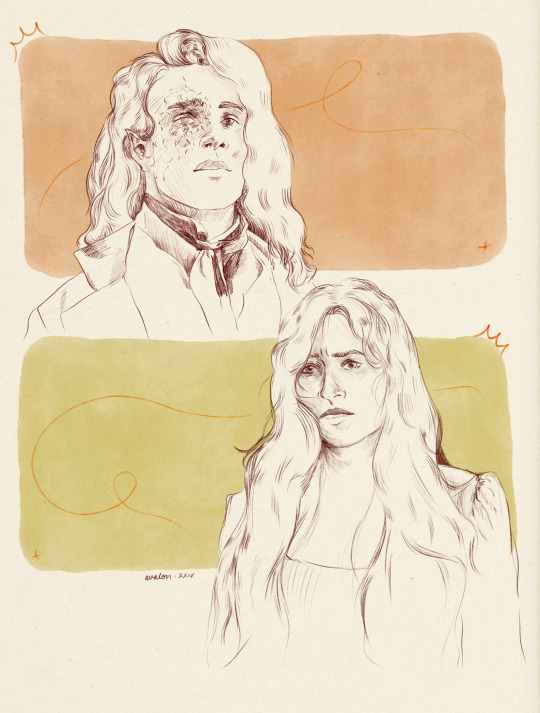
𝐼'𝑚 𝑑𝑜𝑖𝑛𝑔 𝑚𝑦 𝑏𝑒𝑠𝑡. 𝑌𝑜𝑢𝑟 𝑏𝑒𝑠𝑡? 𝐴𝑏𝑜𝑢𝑡 𝑤ℎ𝑎𝑡? 𝐴𝑏𝑜𝑢𝑡 𝑦𝑜𝑢 𝑎𝑛𝑑 𝑚𝑒. 𝐼 𝑑𝑜𝑛'𝑡 𝑤𝑎𝑛𝑡 𝑦𝑜𝑢 𝑡𝑜 𝑏𝑒 𝑎𝑛𝑔𝑟𝑦. 𝑊ℎ𝑎𝑡 𝑤𝑜𝑢𝑙𝑑 𝑦𝑜𝑢 𝑤𝑎𝑛𝑡 𝑚𝑒 𝑡𝑜 𝑏𝑒?
did I start drawing this last night as I watched persuasion? yes. regency au elucian when?
#yes I am in fact in an art bubble and non stop drawing elucien things#the reaction to my wip last night really inspired me#bless#my art#elucien#elain archeron#lucien vanserra#acotar fanart#acotar#a court of thorns and roses#sarah j maas#persuasion#persuasion netflix#persuasion 2022#jane austen#regency au#regency era
264 notes
·
View notes